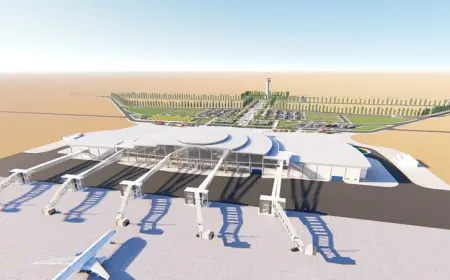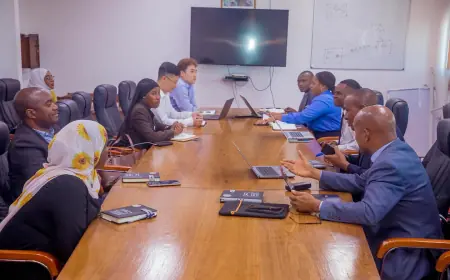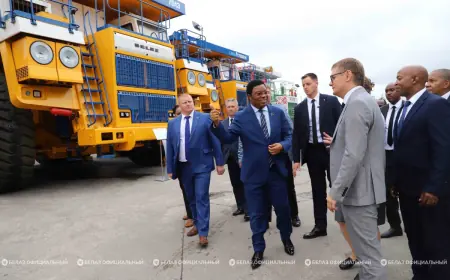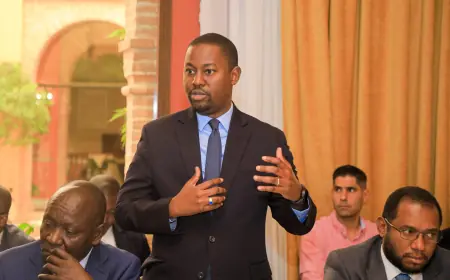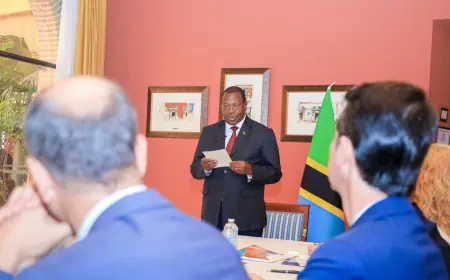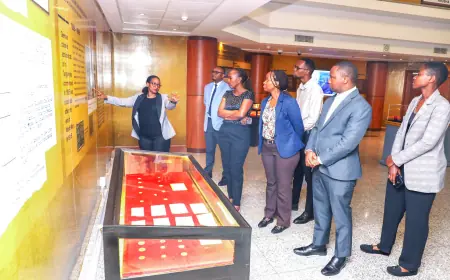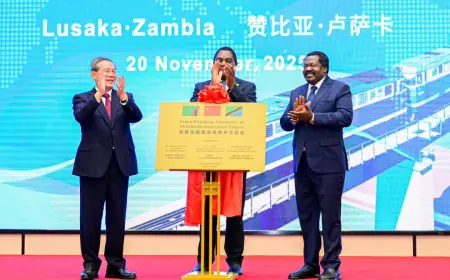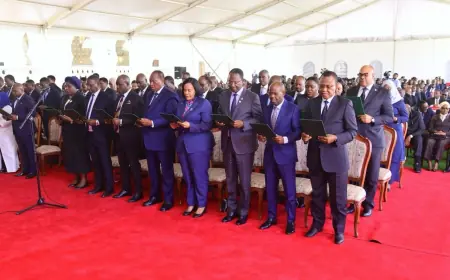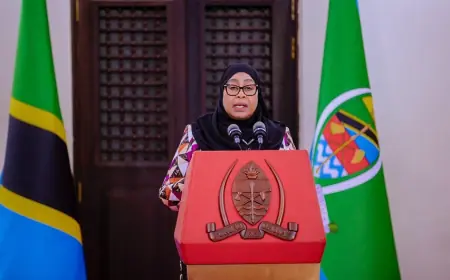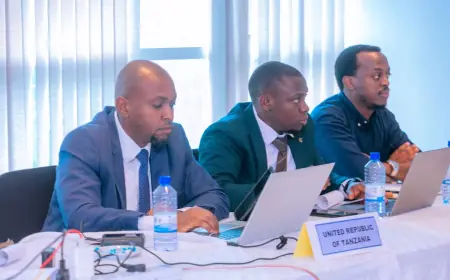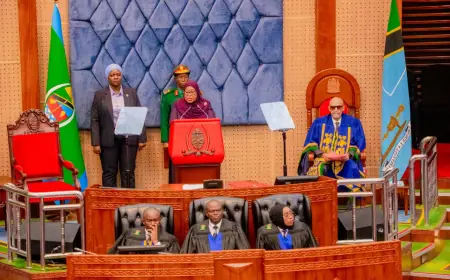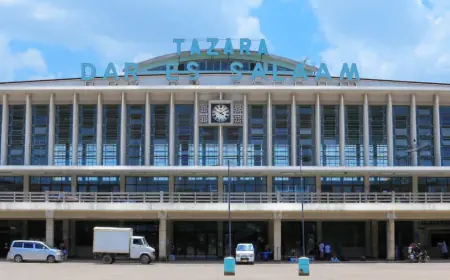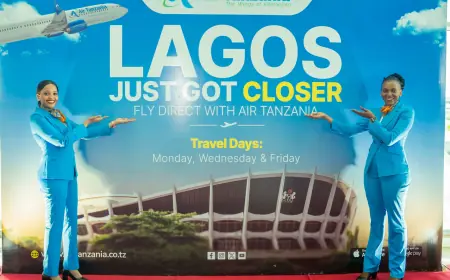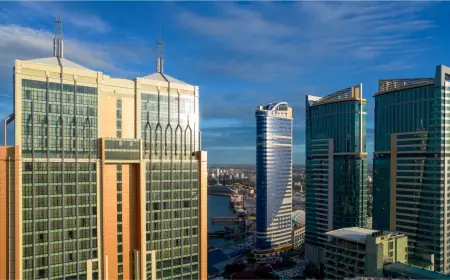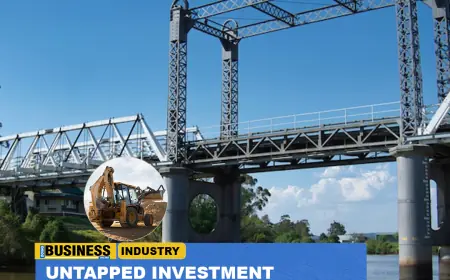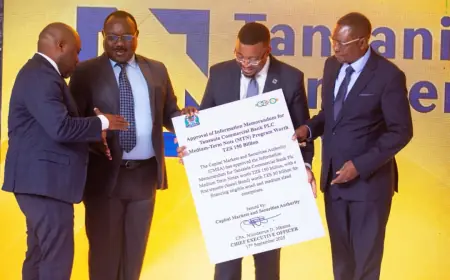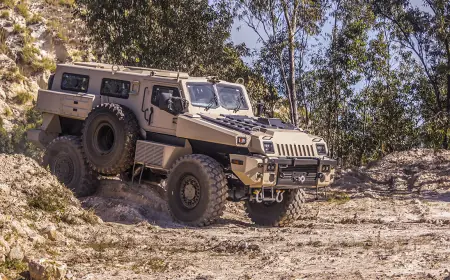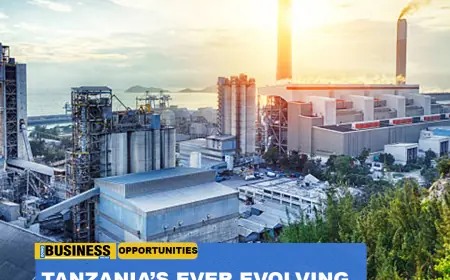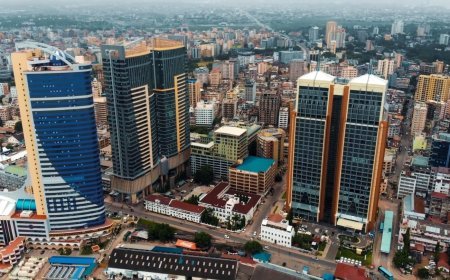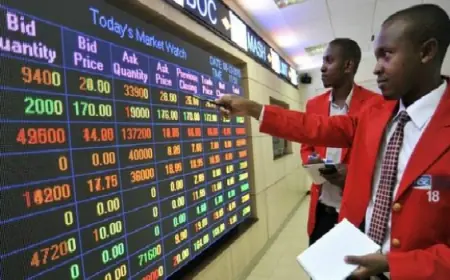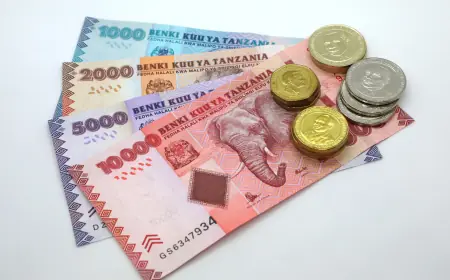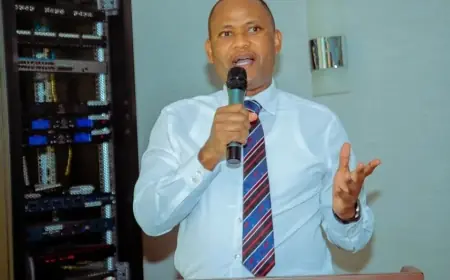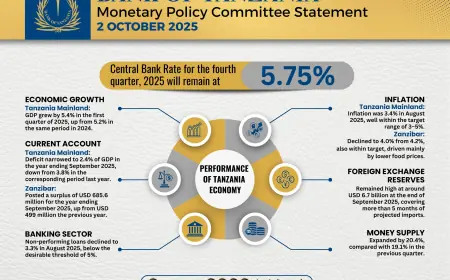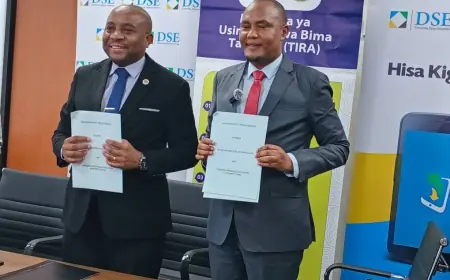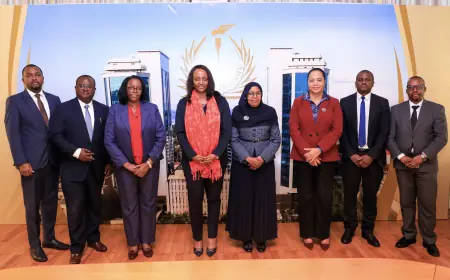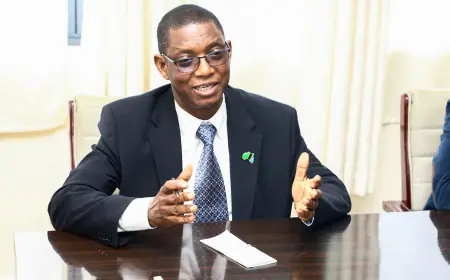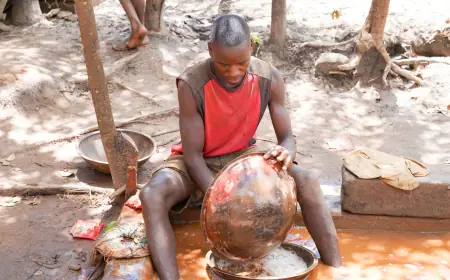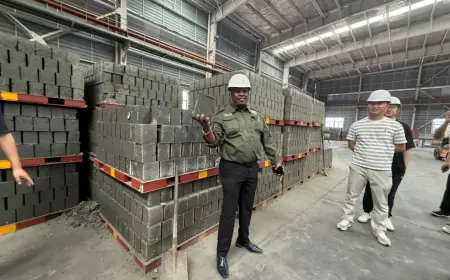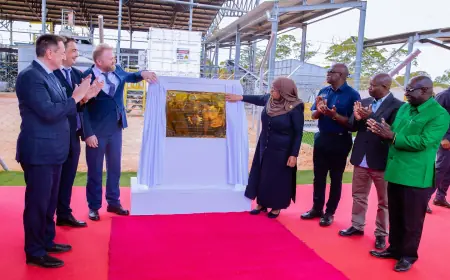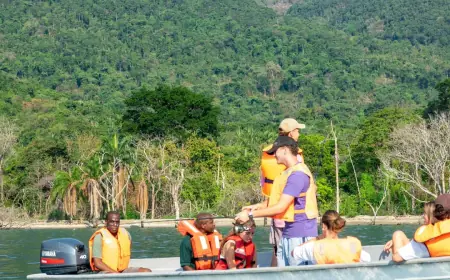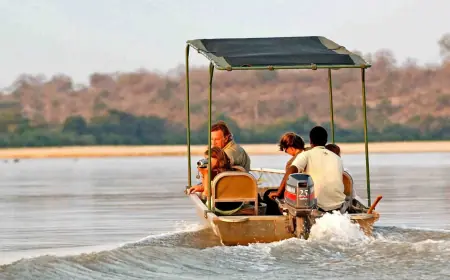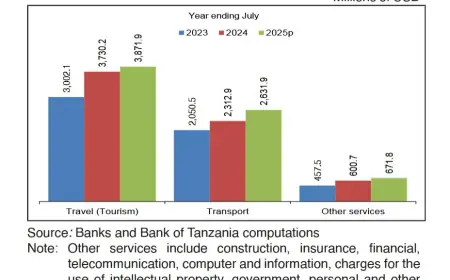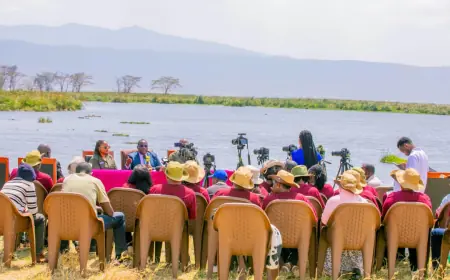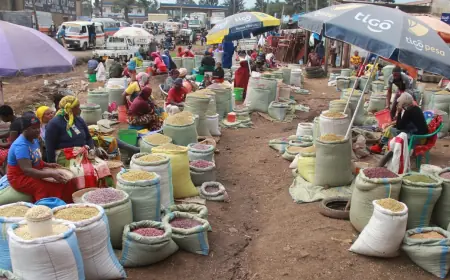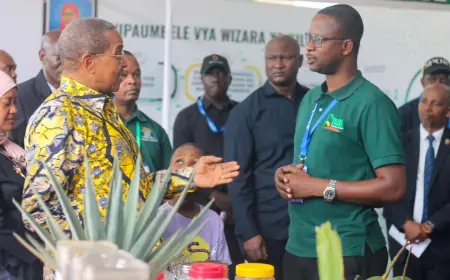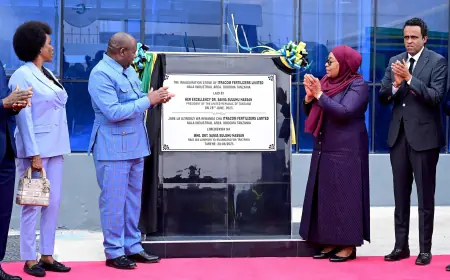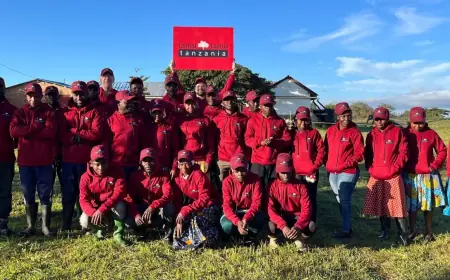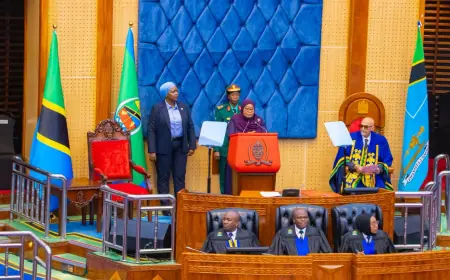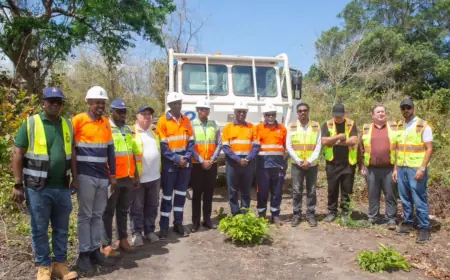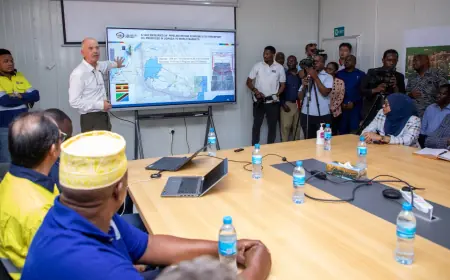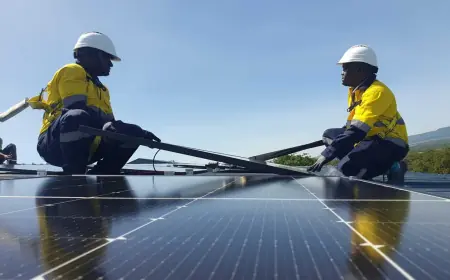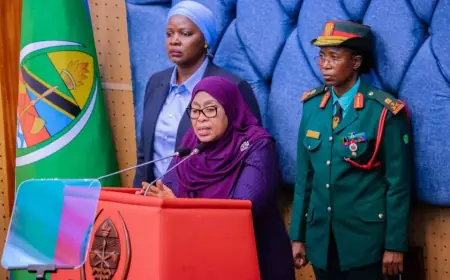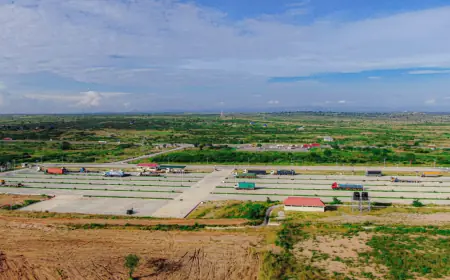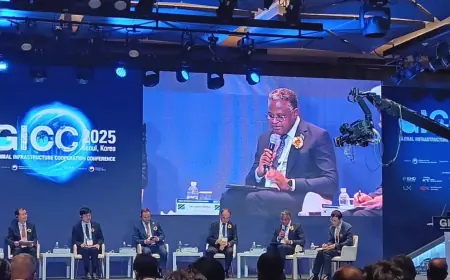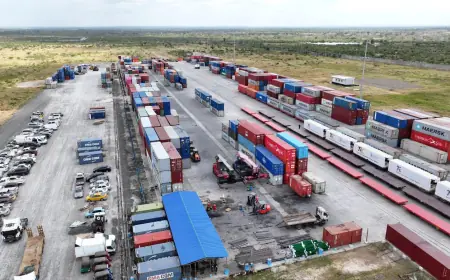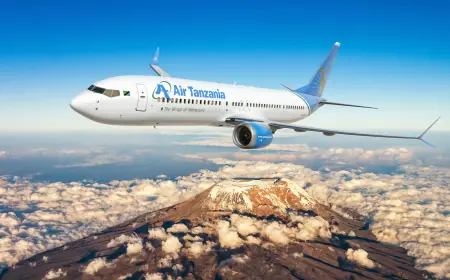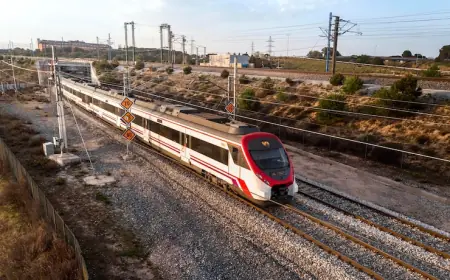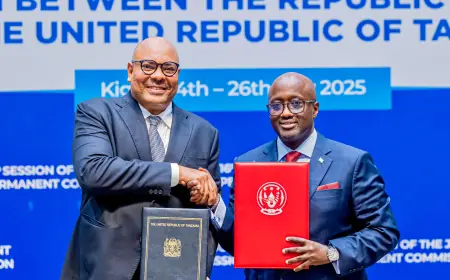Magufuli Bridge unlocks new regional transport corridor to ease movement of goods, people
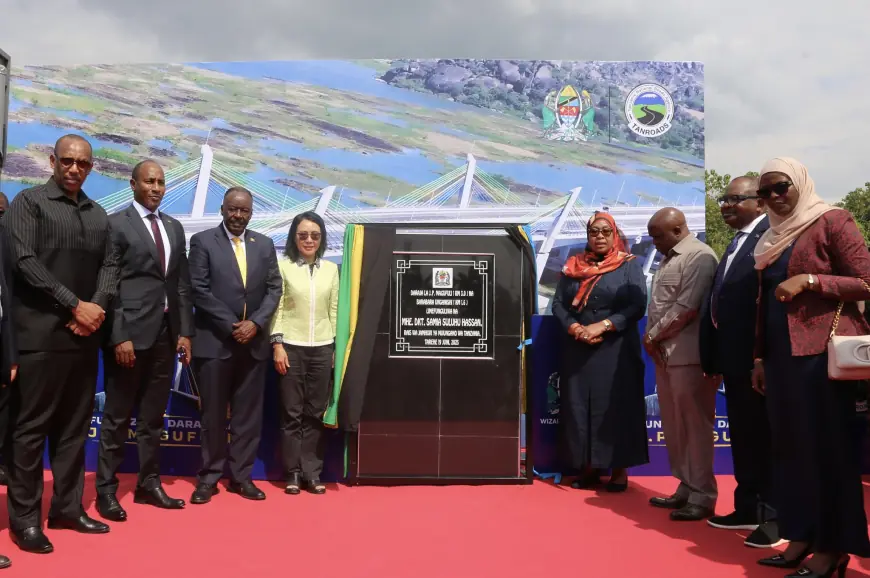
Mwanza. The official opening of the 3.2-kilometre J.P. Magufuli Bridge by President Samia Suluhu Hassan on Thursday June 19, 2025 has unlocked a major transport corridor that is expected to significantly reduce travel time and distance for cargo and passenger vehicles moving from Kenya through Tanzania to Rwanda, Burundi and beyond.
Constructed across the Mwanza Gulf at the Kigongo–Busisi crossing, the new bridge has effectively replaced the long-reliant ferry system that for years had delayed traffic, sometimes for hours, and created logistical bottlenecks on the critical Sirari–Mwanza–Burundi/Rwanda route.
Previously, cargo trucks from Kenya entering through the Sirari border post and heading to Rwanda or Burundi would reach Mwanza and be forced to wait at the ferry terminal at Kigongo for boarding.
This process of waiting, and crossing the Kigongo-Busisi stretch could take up to three hours, depending on weather and congestion.
The alternative route was also longer. From Mwanza trucks would continue southwards to Shinyanga, Kahama, and then Nyakanazi before either veering west towards Kobero (Burundi) or Rusumo (Rwanda).
This journey could take a total of betweeen 13 and 16 hours.
But with the Magufuli Bridge now operational, vehicles can bypass the ferry system and proceed directly across the lake in just under five minutes.
From there, the road continues to Sengerema, Geita and onward to Biharamulo and Rwanda or Burundi.
This route offers a more direct and faster route to the same destinations.
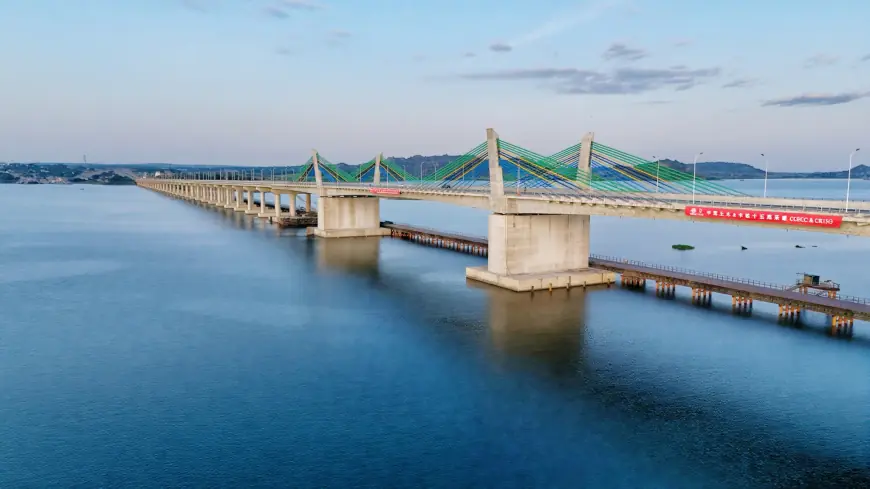
The bridge cuts down travel by 40kms
Experts estimate that the new bridge cuts down the total travel distance by approximately 30 to 40 kilometres and saves up to four hours of transit time—an improvement that could lower transport costs by as much as 15 percent for some operators.
Speaking during the inauguration ceremony, President Samia described the bridge as a strategic infrastructure asset that not only benefits the Lake Zone but also enhances Tanzania’s regional standing as a reliable trade gateway.
“Today marks a historic milestone. In just four minutes, we crossed what used to take hours. This is not just a bridge; it is an enabler of integration, growth and opportunity,” she said.
Built at a cost of Sh716.3 billion, fully financed by the Tanzanian government, the Magufuli Bridge has been constructed by China Civil Engineering Construction Corporation (CCECC) and China Railway 15th Bureau Group under the supervision of the Tanzania National Roads Agency (Tanroads).
The bridge, which also includes 1.66 kilometres of approach roads, has four traffic lanes—two in each direction—as well as pedestrian walkways and emergency lanes.
It is designed to handle speeds of up to 120 kilometres per hour and can support more than 12,000 vehicles per day.
Prior to its construction, the Kigongo–Busisi ferry crossing could only transport an average of 1,600 vehicles per day, often resulting in long queues and delays for transporters and commuters alike.
“The bridge will open up Mwanza, Geita and surrounding regions to more investment and trade. It eliminates a key hurdle in the northern corridor and shortens the time it takes for goods to move from Nairobi, Kisumu to Kigali and Bujumbura and vice versa,” said the minister for Works, Abdallah Ulega.
Transporters operating between Kenya and the Great Lakes Region have welcomed the development, noting that the time savings alone could allow for quicker turnaround of cargo, improved delivery schedules, and reduced vehicle wear and tear.
Central and northern corridors
The corridor through Mwanza is increasingly becoming an alternative to the central corridor that runs through Dodoma, Tabora and Kigoma, and the northern corridor that passes through Nairobi, Kampala and Kigali.
To underscore the regional significance of the bridge, envoys from Burundi, Rwanda, Uganda and Kenya, representing their respective countries in Tanzania, were in attendance at the inauguration ceremony held at the Busisi landing site on June 19.
The completion of the bridge is also seen as a key component in the broader government push to improve regional connectivity and boost economic growth through transport infrastructure.
Tanzania is already undertaking various road upgrades in the Lake Zone to complement the new bridge, including the Mwanza–Geita–Chato road and the Geita–Bukombe–Kahama stretch, which will further facilitate seamless movement of goods and people across regions.
Residents of Kigongo and Busisi have also expressed optimism that the bridge will stimulate local economic activity by increasing mobility, attracting investment and easing access to health and education services.
“This is no longer just a ferry stop. With the bridge, Busisi can grow into a real commercial town,” a trader at the Busisi landing area was quoted as saying by local news channels.
The J.P. Magufuli Bridge is the longest bridge in East Africa and among the top three longest in Sub-Saharan Africa.
It becomes one of the landmark legacy infrastructure projects initiated during the late President John Magufuli’s administration and completed under President Samia’s leadership.
As traffic begins to flow seamlessly across the Gulf of Mwanza, the bridge now stands not only as a feat of engineering but also as a powerful symbol of regional progress and Tanzanian ambition.
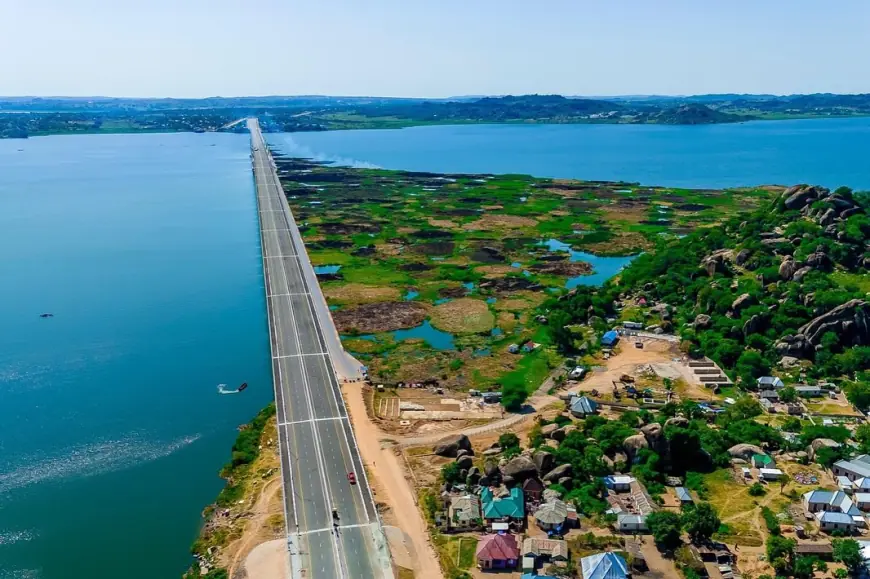
What's Your Reaction?
 Like
2
Like
2
 Dislike
0
Dislike
0
 Love
0
Love
0
 Funny
0
Funny
0
 Angry
0
Angry
0
 Sad
0
Sad
0
 Wow
0
Wow
0
